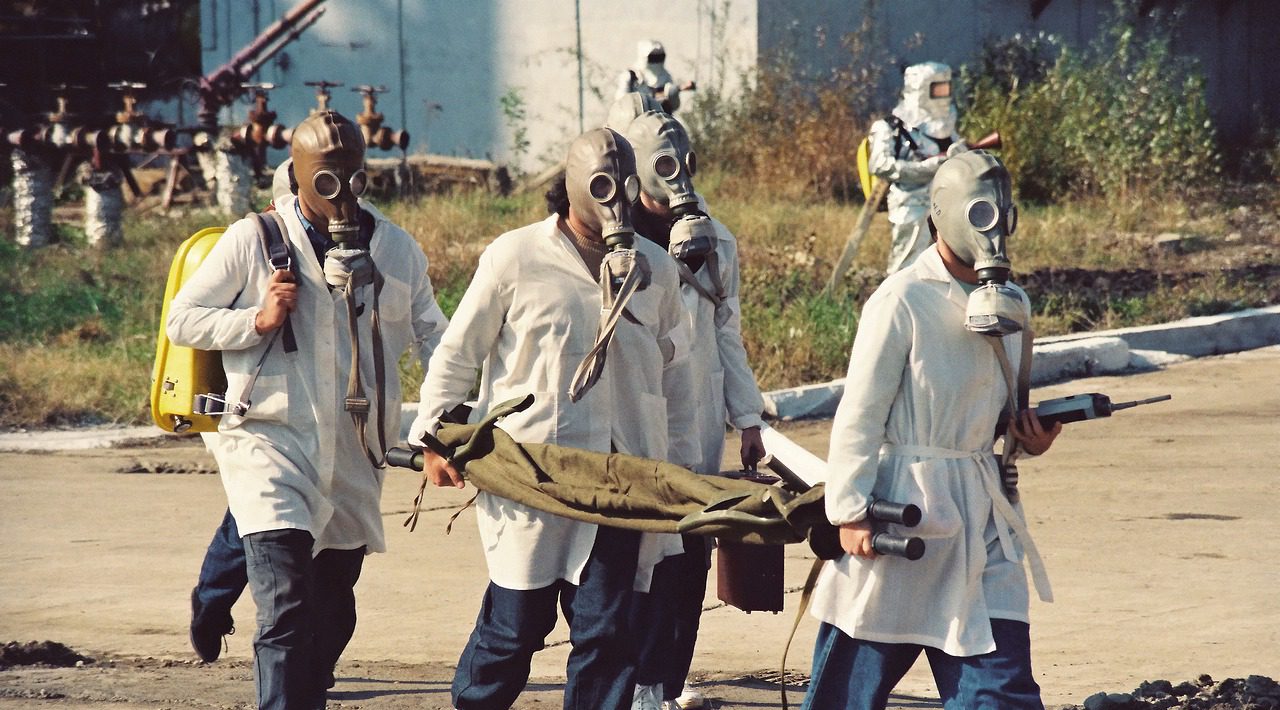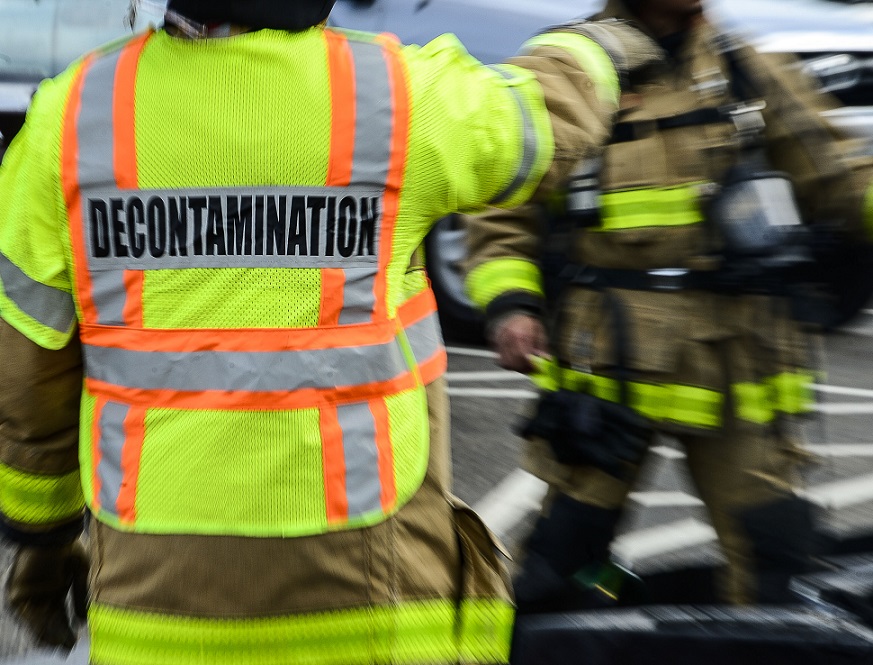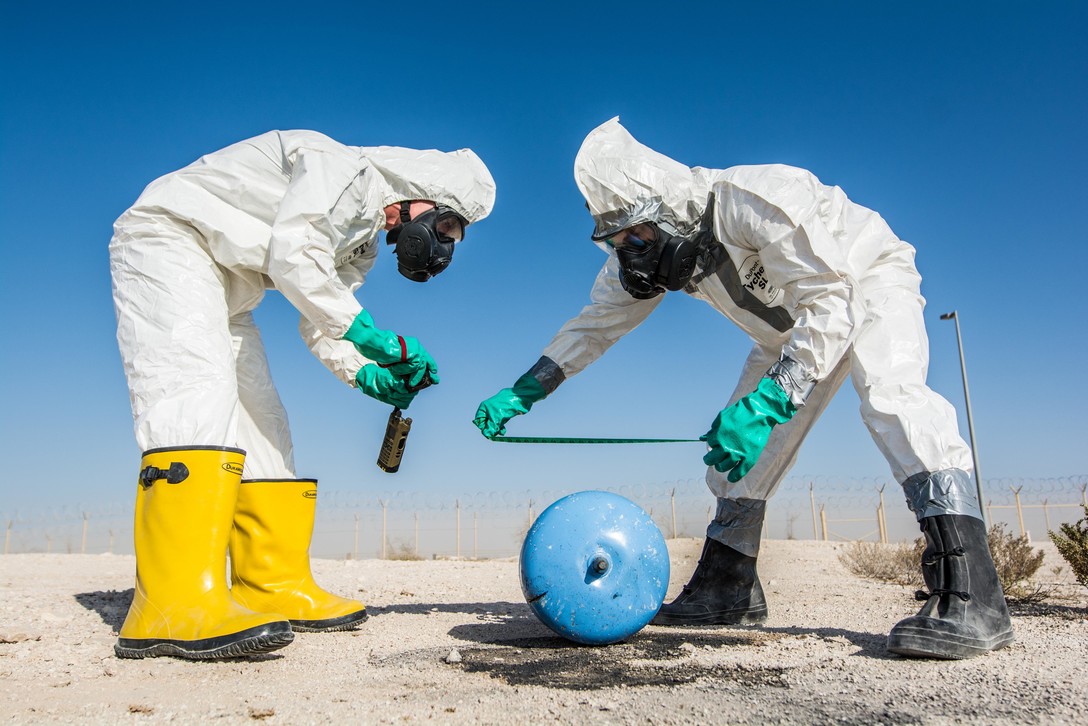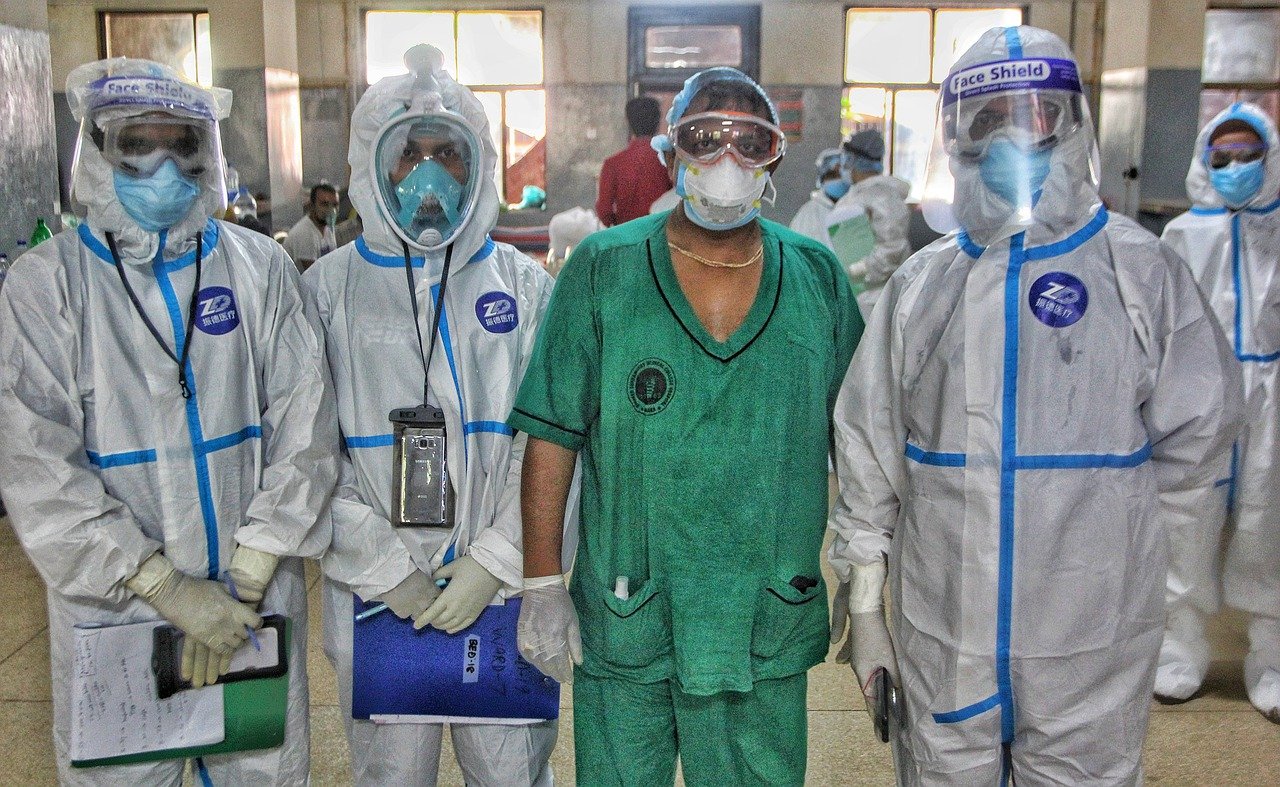Radiation Control Is Led By Drones
UAV-based technologies will be crucial for advancing radiation monitoring, including enhancing the application of environmental mapping and improving long-term monitoring of contaminated areas.
In the...
Machine Learning Can Detect Hazardous Materials
Integrated machine learning platforms can significantly reduce time, redundancy, cost, and improve the accuracy in detecting threats such as explosives, chemical agents, and narcotics.
The...
Goverments Discuss Bioterrorism – “Too Risky To Ignore”
Pressure has ramped up globally for better biosafety and security over the backdrop of the COVID-19 pandemic. Its impact could inspire “bad actors” to...
New Drone Can Sense Threatening Gases
A drone-based micro-sensor technology will identify explosives from the air. Professor Otto Gregory of the College of Engineering at the University of Rhode Island...
No GPS? Not A Problem for This Bomber System
The final test of a B-2A bomber radar aided targeting system has been conducted by the US Air Force. The system will enable weapon...
Police Dogs Are Now Wearing Sensors to Detect Explosives
Police dogs are already trained for patrol and tracking, so how about we add advanced explosive detection as well? New York City's Police Department...
New York City Study Sheds Light Over Biological Attack Response Strategy
Chemical and biological materials pose a threat to urban environments, whether spread maliciously or accidentally. The US Department of Homeland Security (DHS) Science and...
Revolutionary Coating to Protect Military Equipment from Chemical Warfare Agents
The ability to recover assets after a chemical agent attack and rapidly resume normal operations is a military priority. An innovative coating that can...
DHS’ Future Research Topics
The US Department of Homeland Security has exposed the areas of interest it plans to advance next year with small business partners. A request...
Visualizing Chemical Threats – New Capability
Tools that see and sense harmful Chemical, Biological, Radiological and Nuclear (CBRN) substances are important for alerting military troops before anyone is hurt. The...
Radiation Monitoring – New Border Security Mission
The global radiation detection, monitoring and safety market size was estimated at $3,981.78 million in 2020 and expected to reach $4,317.05 million in 2021,...
Silent Guardian – Flexible Electronics at Battlefield
Wearable technology promises to make significant changes to how soldiers report information. Today, units in the field must call in everything, filing verbal reports...
Autonomous Vehicles to Fulfill Life-Saving Role
For a number of years Dstl – the UK Defence Science and Technology Laboratory – has been researching the potential of using autonomy and...
Dual-Use Radiation Detection Tech Unveiled
Current portable radiation detectors are fragile, bulky and expensive. A research team from the University of Texas at Dallas developed a cheaper and more...
South Korea’s Armed Forces Improving Their Laser Capabilities
South Korea has been improving its laser weapons capabilities as a defensive measure against space-based nuclear or intercontinental ballistic missiles and nuclear weapons.
The country’s...
Cell Phone Device will Detect and Identify Hazardous Materials
The detection, recording, and identification of chemicals, drugs, and biological molecules often requires cumbersome devices. Now, an ordinary cell phone can detect hazardous materials.
Cell...
Meet Sigma+ Sensor Network
The US DoD is investing in new sensors and networks that would alert authorities to chemical, biological, and explosives threats. Military researchers are turning...
Revolutionary Tech to Help Deal with Hazardous Materials
The cumbersome protective equipment used by troops and first responders dealing with hazardous materials often hinders the rapid accomplishment of missions. A new development...
From Security R&D to Counter COVID-19 Innovation
Shifting from the development of protection against hazardous materials to improving the equipment of COVID-19 teams. Wearing COVID-19 personal protective equipment is cumbersome. A...
Unmanned Radiation Monitoring Tech to Save Lives
Drones can prevent the exposure of people to radiation. UAV-based technologies will be crucial for advancing radiation monitoring, including enhancing the application of environmental...
DARPA – Advanced Biothreat Sensors Under Development
The ability to rapidly detect biothreats often relies on expertise and equipment that’s difficult to transport and takes time to carry out. A new...
AI-Based Robot to Detect Chemical Agents Keeping Teams in Safe Distance
Chemical reconnaissance (recce) on foot and in specially modified vehicles is currently carried out by specialist personnel in the event of suspected or confirmed...















































